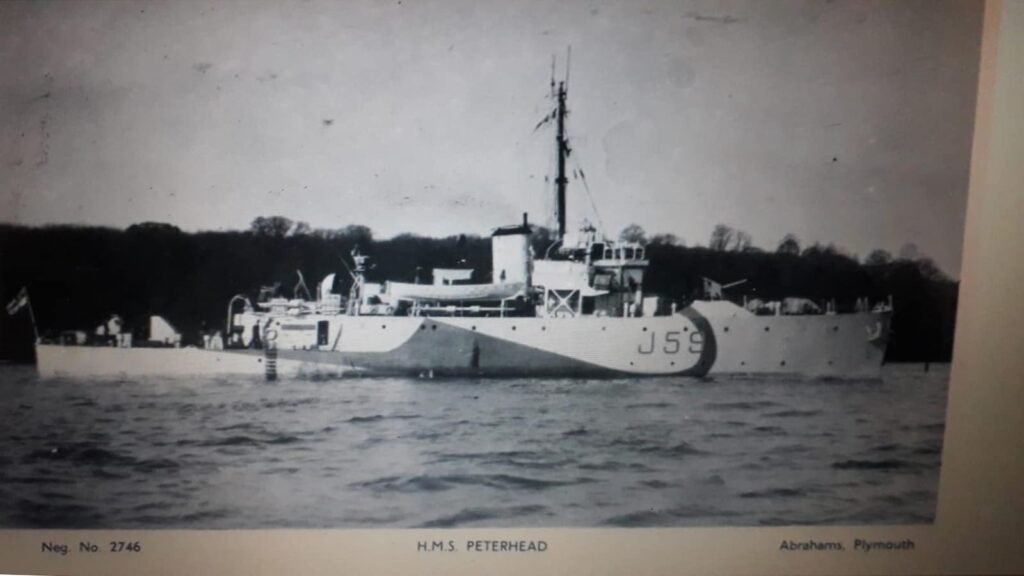Peterhead Bar was built round about 1770
Most iconic structures Peterhead Bar was built round about 1770
One of Peterhead’s most iconic structures, the building housing what we knew as the Union Bar was built round about 1770 by Alexander Elles.

One of the Baron Baillies, a respectable pillar of the community and solicitor by day, Elles was the most prolific smuggler in North East Scotland by night !
He picked the site of his house carefully so that he could have an uninterrupted view of the sea from his attic and watch out for the ‘Crooked Mary’, the most notorious smuggling lugger on the coast, his cellar was built especially to hide contraband in (mainly brandy & rum), he was even known to hide smuggled goods (tea) in the Town house itself (buried under the floor apparently)
Anyone familiar with the geography surrounding the Union Bar will know that it used to back on to Flying Gig Wynd, home of the Flying Gig Inn, the favourite smuggler’s hangout in Peterhead, just a coincidence ??
Alexander Elles died in 1791 and left an estate of £15000, an absolute fortune for the day, smuggling must have been a profitable business indeed !
The building’s exciting history was added to during WW2 when the Norwegian Secret Service used the basement of the building as a base for their operation in the North Sea.
Credit by Kenny Bruce

>>>Directory of Peterhead Bars<<<


Peterhead.Live on Facebook or Twitter for get more actual information.




